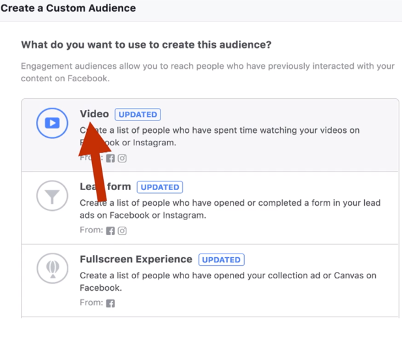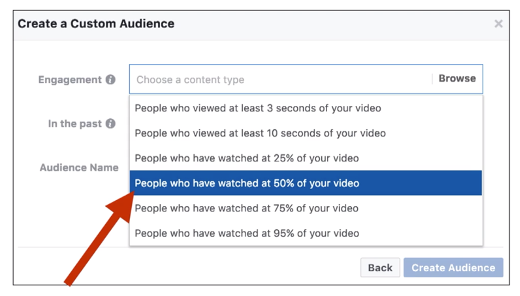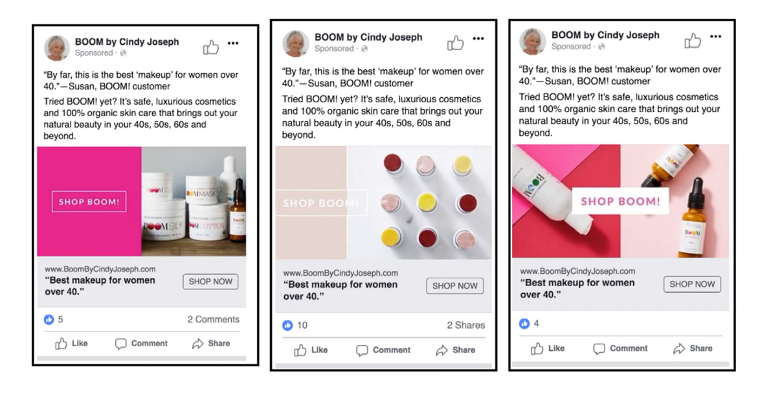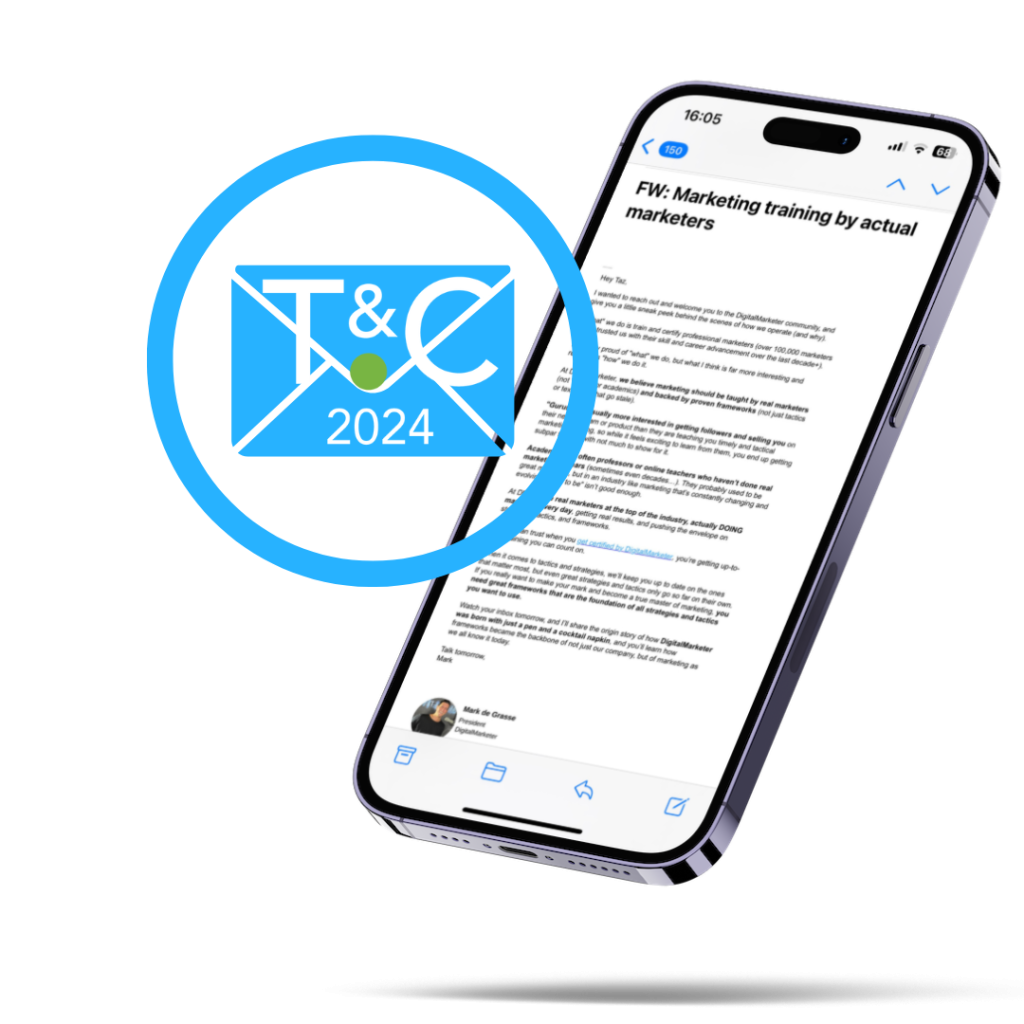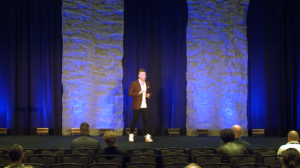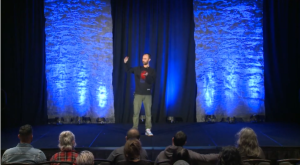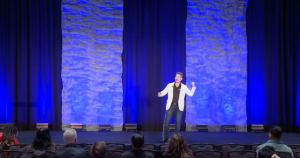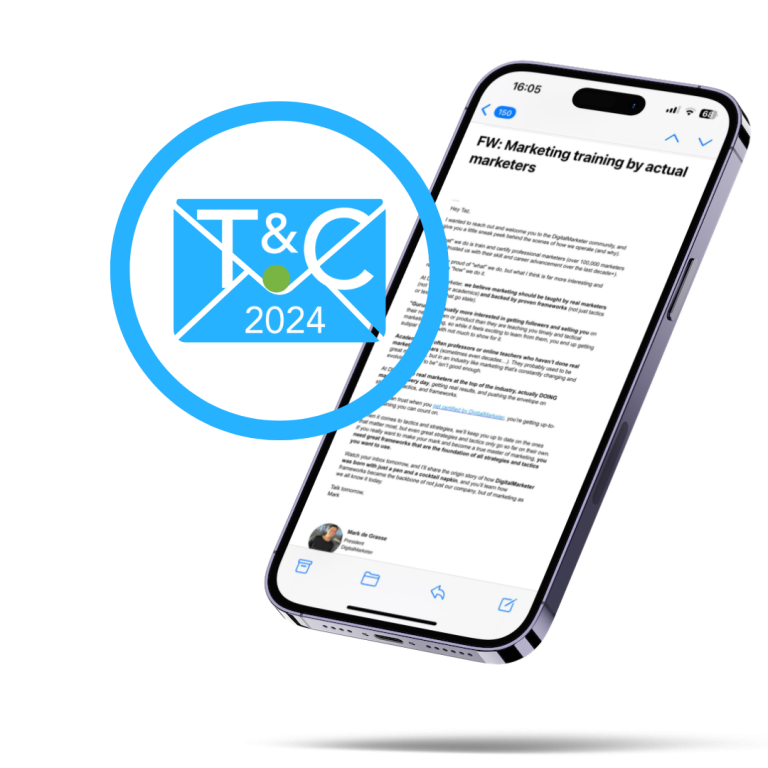2020 Is Not Going as Planned
- Events are postponed.
- Government regulations are inconsistent….
- Brunch is under new management. (Hint: It’s you.)
- Your coworkers got about 30 years younger and are possibly no longer human.
We’re all about finding the Silver Linings, but COVID has been tough on business in all industries.
The good news: even though your customers were already spending a lot of their time of time absorbing digital content before the pandemic, now they have almost no other choice.
Even more importantly—they’re paying attention and implementing what they’re learning now more than ever.
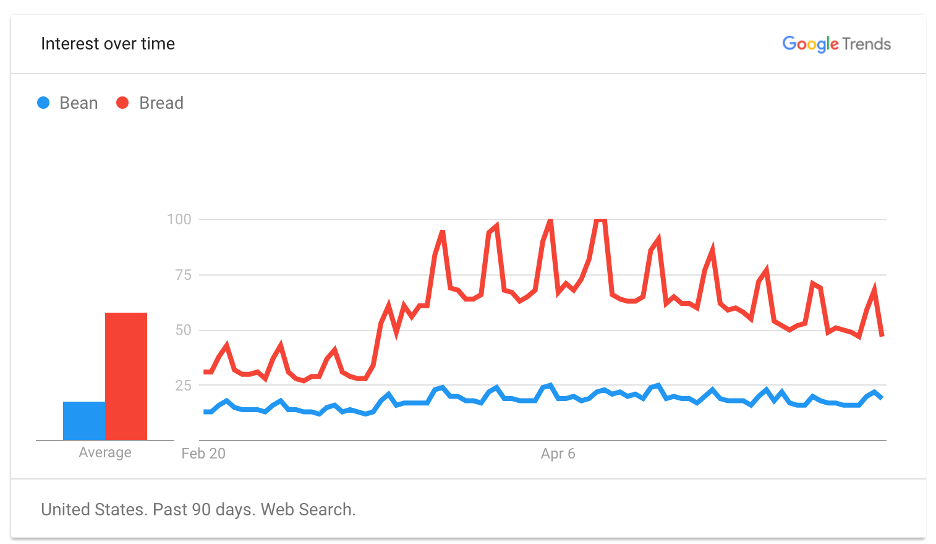
Whether you’re already in the content marketing game or content is a brand-new part of your business strategy, there has never been a better time to jump in and create a strategy. Especially one that resonates with and converts your ideal customer.
A Quick History
From John Deere’s publication of The Furrow magazine in 1885 to Michelin Tires’ guide to travel advice, marketers have been leveraging the power of valuable content to boost sales for over a century.
Even off-print content marketing has a long history. Take Procter & Gamble—they launched a radio serial drama, sponsored by their Oxydol soap powder, a cool 87 years ago.
And although content marketing was overrun by advertising in the mid-20th century, the multi-channel campaigns of the 60s and 70s paved the way for the future of the content marketing as we know it.
The dawn of the digital age led to the “democratization” of content marketing. Thirty years later, everyone and their mother has a blog, podcast, or YouTube series. Brands are now faced with an entirely new challenge.
A clearly defined, easy-to-understand brand identity is no longer just competitive.
It’s essential. And content marketing is the ticket to defining a brand identity, reaching your target audience, and achieving booming sales.
Why Content? It Converts.
Let’s use Ezra Firestone as an example.
Ezra helped cosmetic company BOOM! by Cindy Joseph generate $59MM in sales from January 1, 2015–February 25, 2019. Over 40% of their revenue comes from repeat business. At BOOM!, their goal is to reach 25–50% returning customers—every year. According to Ezra, you don’t have a business unless you can generate repeat business.
So how do you get repeat business?
Most brands think you can achieve this by running sales. And while that’s definitely part of it, here’s the thing:
Brands who only run sales go out of business.
Take a look at JCPenney. If you’ve ever been on JCPenney’s email list, you know there’s only one reason they email you: they’re running a sale. It feels like they’ve had a sale every week, for years. JCPenney was trying to get their customers to buy from them the only way they knew how —by running 70%-off sales. 60%-off sales. And as of today, they’ve officially filed for bankruptcy.
So… how do you avoid this? How do you get repeat business without relying solely on promotions?
What you need is a group of people who are actively engaged with you over time—so when you do run a sale, they respond. Ezra gets those responses by creating content. And NOT content that says, “Here’s my product. Buy my product. My product is cool.”
Ezra creates content that relates to the life experience of the people the brand communicates with.
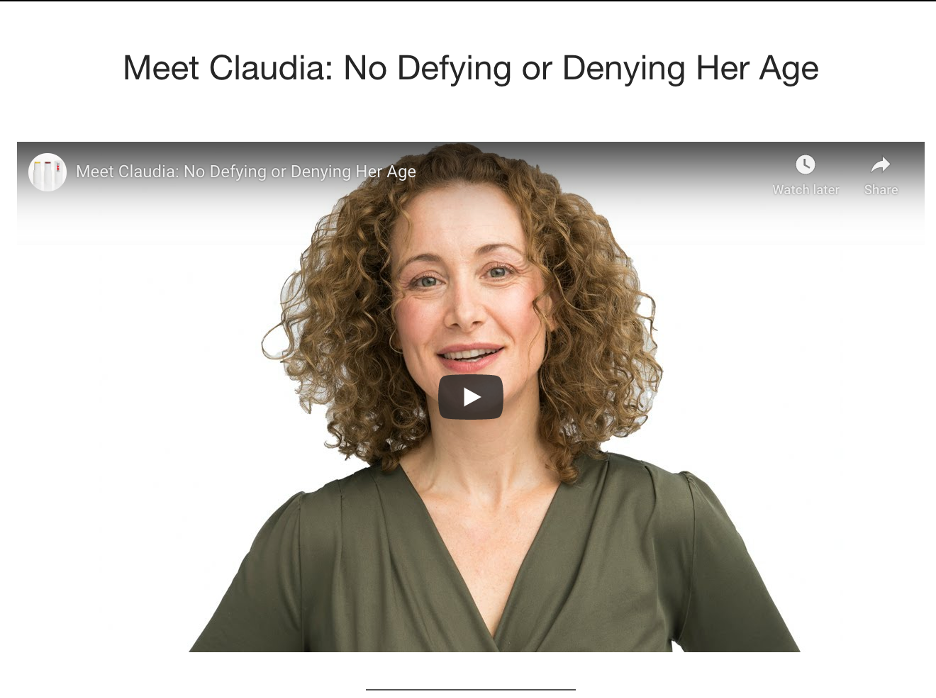
When it’s done right, relevant, relatable content like this generates organic views. For FREE. That happens when people like it, comment on it, and share it with more people who could potentially belong in this community.
Strong content should be:
- Related to, but not ONLY ABOUT to your products and offers
- Used to engage buyers, subscribers, and prospects
- Providing tons of value without a lot asked for in return
So when you DO have something to offer them,
- They know who you are, and
- They like you!
You need a group of people who are actively engaged with you over time—
so when you run a sale, they respond.
Ezra Firestone, Traffic & Conversion Summit, 2019
With a strategy this enticing, you might want to jump straight into the deep end of the content creation pool. Which may leave you wondering:
- What kind of content do I create?
- How often should I post?
- What is splintering and how do I do it?
- How do I get the most out of my content?
Ezra addresses all this and more, but let’s not get ahead of ourselves.
There’s one critical step you MUST complete before you generate content.
Defining Your Brand
It’s obvious when a content strategy has no clear brand identity. It feels inauthentic, random, and pointless. That is NOT how you want your audience to perceive your brand. Faceless, purposeless brands are dying. They exist only on Amazon.
Remember, your audience has to know who you are and like you, so when you offer them your product, they respond.
Before you start launching content out there, you have to decide who you are as a brand.
Step 1:
The first step is figuring out your why. Why does your business exist?
What’s your mission, purpose, the story you tell outside of your products?
This is HUGE for your business. Write your mission and share it internally to get total team alignment.
Step 2:
Once you’ve defined your mission, write a tagline. A tagline should express your purpose in one sentence.
For example, here’s BOOM!’s tagline:
“It’s about women. It’s about beauty. It’s about time.”
A punchy, purposeful tagline will make the core mission of your business resonate with your target audience.
Tip: Place your mission-defined tagline everywhere to reinforce your brand identity. Make sure to keep visual consistency to amplify that identity.
Content Theming
Now that you have a clear picture of who you are as a brand, you’re ready to communicate with your audience.
Consistency is the key to building any relationship. With content, you need a cohesive catalogue that relates:
- Back to itself, and
- Back to the shared experience of your audience.
So how do you build a cohesive content catalogue?
Let’s use Ezra’s process for identifying clear topics and themes that will relate to your target audience.
Step 1:
Refer back to your mission and purpose statement. What do you want to do as a brand? Use your mission to set your intentions.
For example,
Here are the intentions that Ezra uses to create and inspire content for BOOM! By Cindy Joseph:
(Tip: imagine the words “We want to…” before each statement.)
- Offer A Pro-Age Viewpoint
- Share the Idea That Aging Does Not Have to Be a Bad Thing
- Have a Discussion on What Beauty Is and What It Means
- Reclaim Cosmetics as a Venue for Fun Rather Than Fear
- Talk About Celebrating Vs Covering Up
- Touch on the Main Shared Experiences
- Silver Hair
- Menopause
- Under Eye Circles
- Sensuality/Dating
- Share Tips on Self Care/Skin Care
- Entertain
- Embrace The ‘Less Is More’ Ideology
- Create A Platform for Women to Share Their Stories
- Build Affinity with BOOM! Brand
These intentions are powerful, inspiring, and great foundational topics to unite your audience in their love for your brand.
Write the words “We want to…” and brainstorm at least 10 intentions that can serve your mission.
Step 2:
Now that you’ve set your intentions, it’s time to put those ideas to work.
Brainstorm different types of content, themes, or series that would serve as a platform for those big ideas.
Here are the kinds of content BOOM! creates to serve their intentions:
- Cindy on Life Video Series
- Video Interviews with Community Members and Influencers
- Product-Focused Videos and Content
- Video Testimonials—Women of the Pro-Age Revolution
- Shared Experience Articles
- The Almighty Listicle
When you create content from mission and purpose-based intention, it’s not just about selling stuff. It’s inspired by and designed for your audience.
Step 3:
To refine your content approach, do a little market research to see how your content ideas will compare.
Use these tools to research the kinds of content working for your audience now:
- Facebook Watch
- All Top
- Epic Beat
- Social Animal
- Ahrefs
- Buzz Sumo
- Google Adwords Keyword Tool
Market research is a great way to generate even more content ideas. Plus—it’s never a bad idea to see what the competition is up to.
Creating Content
Now that you’ve defined your mission, set your intentions, brainstormed your own content ideas, and discovered content that’s working the industry now, you’re ready to deep-dive into content creation yourself. Here are Ezra’s top recommendations for types of content to create now.
1. Video
Video is by far one of the best kinds of content to create. Voices and faces build a connection with your audience better than any other medium. Video also easily splinters into other content mediums, like:
- Transcriptions
- Bullets
- Image quotes
- 15 second clips for Instagram Stories
- One-minute stories for Instagram Grid
- Presell articles
- Sales pages
- Sales videos
Ezra recommends one video or one article per week. This generates a HUGE content library to splinter from and creates a feeling of consistency with your audience.
2. Your [Company’s] Opinion Is Best
Remember your established mission. Use your content to reinforce what your company stands for. This resonates with your target audience and makes them feel your belief system aligns with theirs.
3. Educational Videos
Michelin Tires released a travel advice guide to encourage people to travel more (and wear out their tires faster).
Brainstorm ways to educate your audience on something relevant to their lifestyle and your brand. This puts you in a position of authority, where your audience learns to trust your expert advice.
4. Behind The Scenes
Pull back the curtain on your product creation and your company culture. Remember, the faceless brands are dying. Find ways to show your audience who you are as a company.
5. Timely & Relevant to Current Events
It’s safe to say there are companies going way overboard with this tactic in 2020. While some campaigns have been cringeworthy, a modest, brand-aligned and human-centric message of unity can give your audience the warm fuzzy feelings you want them to associate with your brand.
6. Tip Lists
This tried-and-true method works. Create lists that solve a problem for your customer—with or without your product. Your customers will learn to associate your brand with solving their problems quickly and easily. This makes them more likely to comment, share, and keep coming back for more.
7. Community Feedback
Listen to what your customers are saying when they comment, click the share button, or respond to your emails. Create content that answers frequently asked questions or addresses their experience with the product in some way.
For example, “A 3-Step Makeup Routine for Video Calls from COO, Colleen Taylor.”
This article helps overcome objections about makeup routines taking too long or costing your customers’ valuable free time.
8. Interviews & Guests
Conduct interviews with industry experts, even if they’re your competitor. This reinforces you and your brand as a thought leader, committed to providing value to your customer, and admired as an authority in the space.
9. Curated Content
Curated content is commenting on someone else’s content. This is a quick and effective way of developing brand voice, reinforcing your mission and purpose, and further aligning your customers’ value system with yours. “What We Loved About This Lowes Commercial,” invites the customer to get to know you further and gives them the opportunity to appreciate and seek out your brand’s point of view.
10. Anything Related to the Problems and Conversations Your Community Is Already Having
You want your brand to communicate to a group of people having a shared experience.
The way to deepen the relationship with your customers is by relating to their shared experience. A shared experience can be anything from aging, overcoming debt, or raising teething toddlers. Know the problems and conversations your community is having and create content that addresses and surrounds their shared experience.
Set Content to Convert
So that’s it? You create content and suddenly sales start pouring in?
Well, no.
Remember, you’re creating content for a group of people who are actively engaged with you over time—so when you mail them an offer, they respond.
Ezra recommends 3 things to help your content convert:
1. Use the Facebook embed code when you post video on your blog.
This allows you to use consumption tracking, which means you can see how much of your video someone has watched. Then follow up with them through ads sent to your specific audience on Facebook.
2. Make the most of your content through targeted ads.
- Create a custom audience of the people who watched 50% or more of your videos. Run your ads to them.
- Make sure to include a CTA in your ads. Always drive traffic to your content!
- Go all in on user-generated content. Testimonials are gold when shared through retargeting.
3. Use short form videos for your targeted ads.
The average video watch time is 6–8 seconds. With the News Feed largely sold out, Facebook is trying to sell short form video ad space inventory.
10–15 second videos perform well in:
- Mid-roll Facebook video ads
- Instagram Story ads
- Messenger ads
- Marketplace ads
4. Send more email
In one year, 34% of BOOM!’s $19M revenue came from email. Ezra recommends:
- Run 6 sales per year.
- Send 2–3x as many emails per sale.
- Include gifs in your email to increase CTR.
Get Started
There you have it — Ezra Firestone’s entire Smart Social System straight from T&C 2019 to your fingertips.
By now you know content is the key to generating repeat business and booming sales. With a clear brand identity, intentional content creation, and savvy distribution of your content you should have a content strategy that converts returning customers over and over again.
Start implementing these critical action steps NOW to develop your clear brand identity, your intentional content strategy, and your savvy distribution of that content.
This strategy is PROVEN to convert returning customers over and over again. So what are you waiting for?
And if you’re ready for more…
Traffic & Conversion Summit 2020 is happening December 15 – 17 in San Diego. In 3 content-packed days, you’re not only going to get expert sessions from Ryan Deiss but also marketing legends like Marcus Lemonis, Roland Frasier, Billy Gene Shaw, Ezra Firestone, Mari Smith, Rachel Bell, Kevin Harrington, Kristen Bryant, Richard Lindner, Goldie Chan, Chalene Johnson and many more. Find out more here >>


